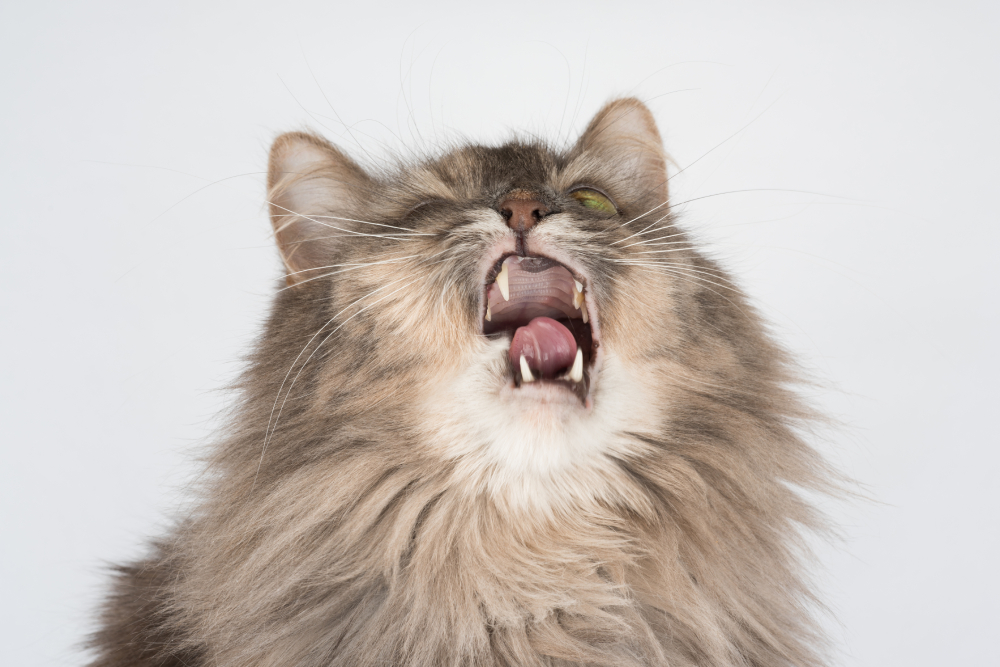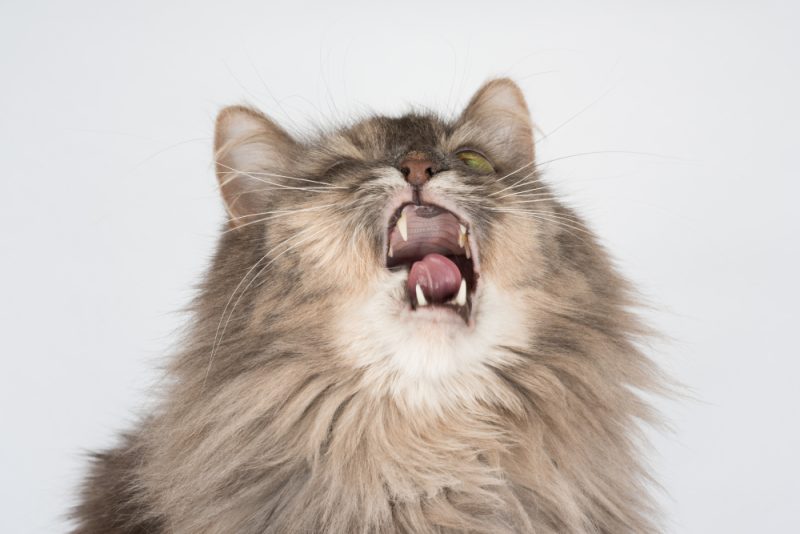Sneezing in cats has several causes. Cats sometimes sneeze to get rid of tickles in their noses, but the reflex can also be a sign of a severe illness. It’s not a huge deal if a cat sneezes once or twice in response to an environmental trigger like pollen or dust.
However, inflammation, infections, dental disease, foreign objects, and tumors can also cause cats to sneeze. Keep reading to learn more about the seven causes of feline sneezing.
The 7 Reasons Your Cat is Sneezing
1. Inflammatory Conditions
Cats sneeze when their noses are irritated or inflamed, which can be caused by several conditions and infections, as well as irritants. They sometimes continue sneezing due to inflammation even after the inciting condition is resolved, which can result in the development of chronic rhinitis.
Steroids and other medications can be prescribed to reduce inflammation.
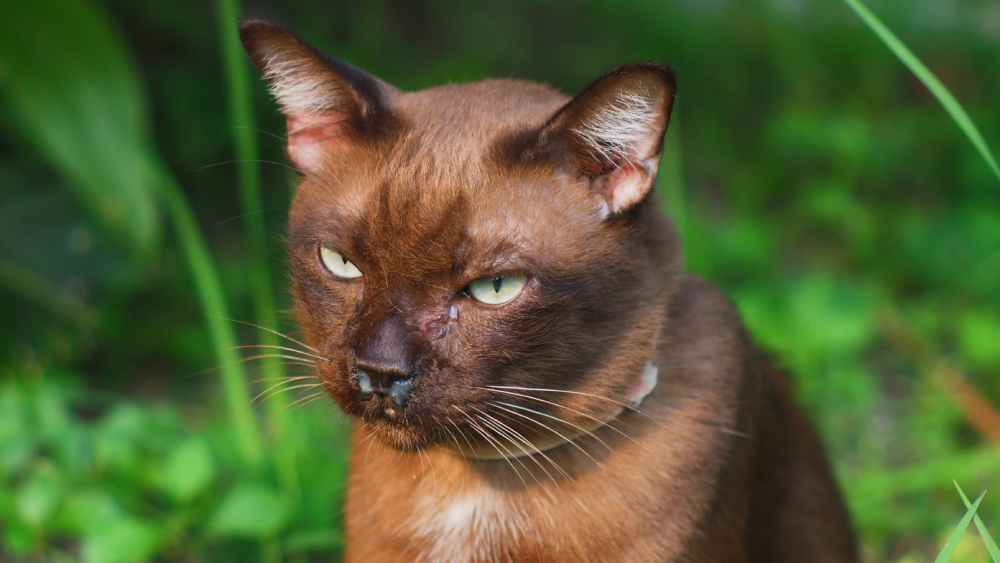
2. Viral Infections
Several viral infections can cause cats to sneeze, including calicivirus, influenza, and feline herpesvirus, the latter of which is particularly common. Cats infected with feline herpesvirus have runny noses and sneeze a lot.
The herpesvirus stays dormant within nerves and has the potential to reemerge when triggered by stress. These infections can’t be cured, but there are antiviral medications veterinarians prescribe to help cats along the path to recovery.
3. Bacterial Infections
Viral infections in cats can create conditions that are ideal environments for bacteria, which can result in the development of secondary infections. Chlamydia, bordetella, and mycoplasma can all cause bacterial infections in cats’ noses. Antibiotics are frequently prescribed to deal with the infections.
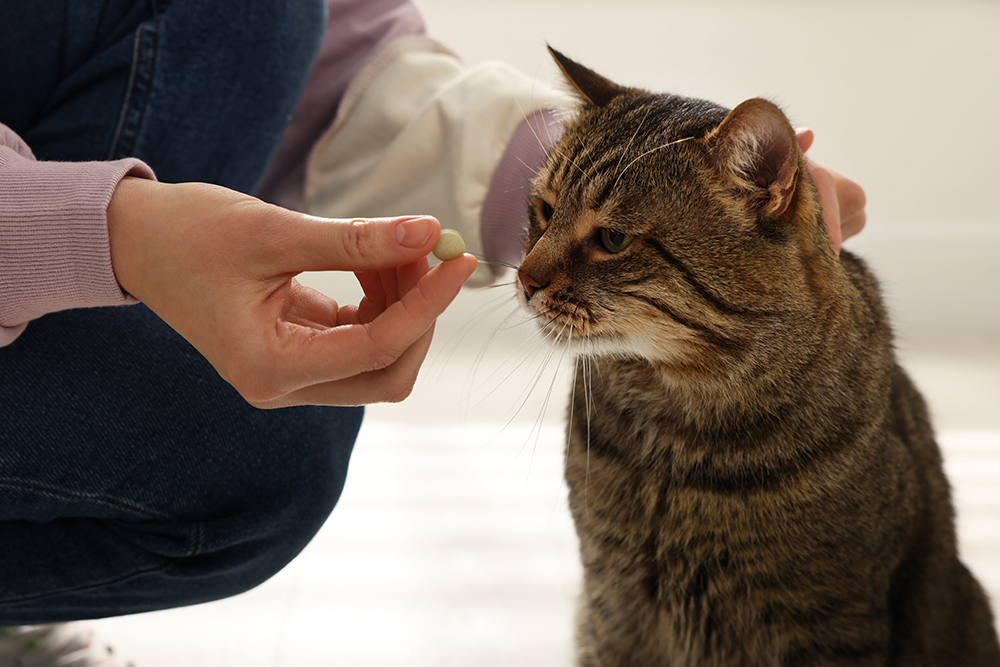
4. Fungal Infections
Fungal infections can also cause cats to sneeze, but they’re less common than bacterial and viral ones. Cryptococcus is a common cause of fungal nasal infections.
Cats infected with it sneeze and sometimes exhibit behavioral changes. It can also cause cats to produce a nasal discharge. The diagnosis requires a biopsy or rhinoscopy, and the treatment options range from antifungal medications to surgery.
5. Dental Problems
The roots of cats’ upper teeth are close to their nasal passages, and dental infections can cause inflammation and trigger sneezing. Dental disease generally starts when plaque and tartar build-up and lead to gum inflammation or gingivitis, which can result in periodontal disease if not treated.
Common signs of gingivitis include visible tartar, bad breath, swollen gums, and a preference for eating soft foods. Cats with periodontal disease sometimes aren’t interested in eating, have loose teeth, and have teeth with exposed roots.
Sneezing related to dental problems generally disappears once the underlying problem is treated. Regular professional dental cleanings and at-home tooth brushing can reduce the likelihood of dental problems popping up.
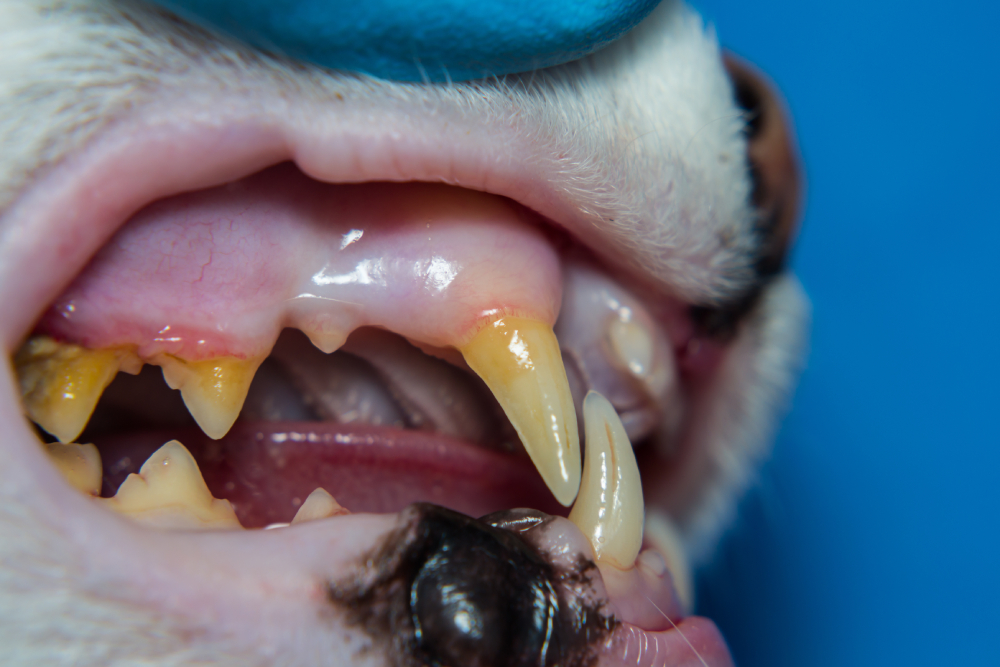
6. Foreign Objects
Cats also sneeze to get rid of foreign objects in their noses. But sneezing isn’t always effective when the object is too large. Inhaled objects that aren’t expelled through sneezing can cause irritation and inflammation. Grass seeds are a common foreign body in the nasal cavity.
Rhinoscopy is sometimes used to find foreign objects, and a nasal lavage can loosen objects so they can be removed easily.
7. Tumors
Cats can develop nasal cavity tumors that irritate their noses and cause sneezing. Tumors are most often seen in older cats, and the diagnosis involves nasal biopsy and rhinoscopy.
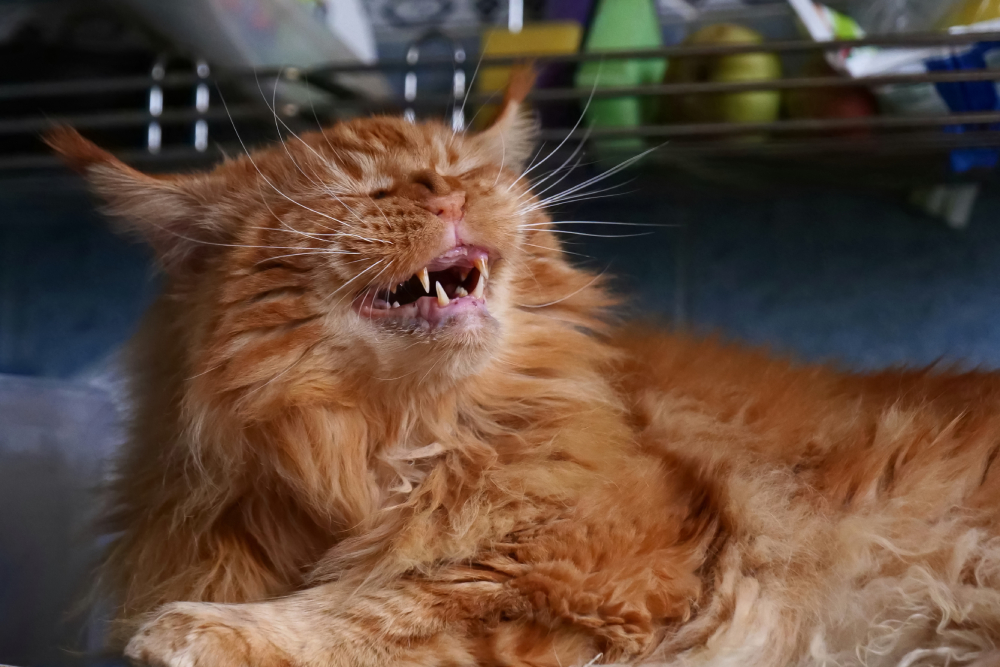
How Is Sneezing Diagnosed?
It can be challenging to determine why a cat is sneezing due largely to the variety of potential causes. Sneezing can look like coughing, gagging, retching, hiccupping, and wheezing, so the first step is figuring out if a cat is actually sneezing or not.
Veterinarians rely on physical exams to get a comprehensive view of a cat’s overall health, and X-rays and CT scans are used to narrow things down. Rhinoscopy allows veterinarians to see what’s going on inside a cat’s nose and find foreign objects and tumors. Nasal lavage is sometimes employed to flush out foreign objects.
Cats whose sneezing is accompanied by signs such as lack of appetite, nasal discharge, and weight loss should be seen by a veterinarian, as should those whose sneezing lasts more than a few days.
Conclusion
Several causes can trigger sneezing in cats, from irritants like dust to viral, bacterial, and fungal infections. Sneezing can be hard to diagnose, primarily due to the number of causes.
Veterinarians rely on physical exams, imaging studies, rhinoscopies, and biopsies to figure out what’s causing a cat to sneeze. The treatment depends entirely on the cause.
Featured Image Credit: ZlataMarka, Shutterstock

